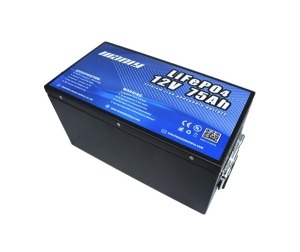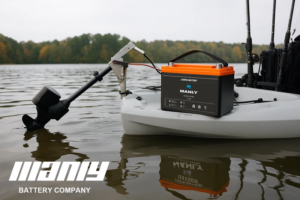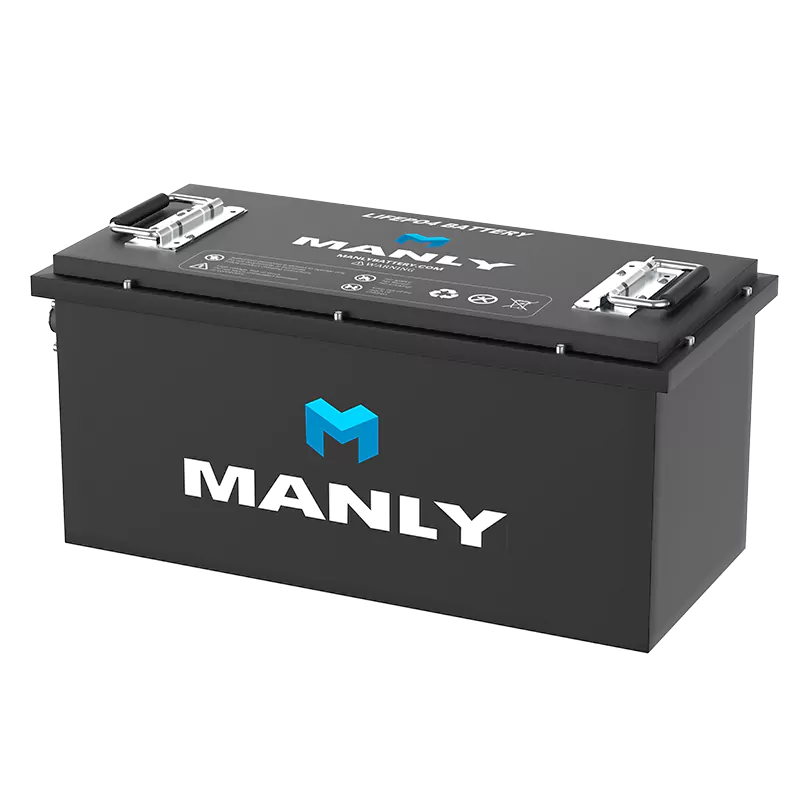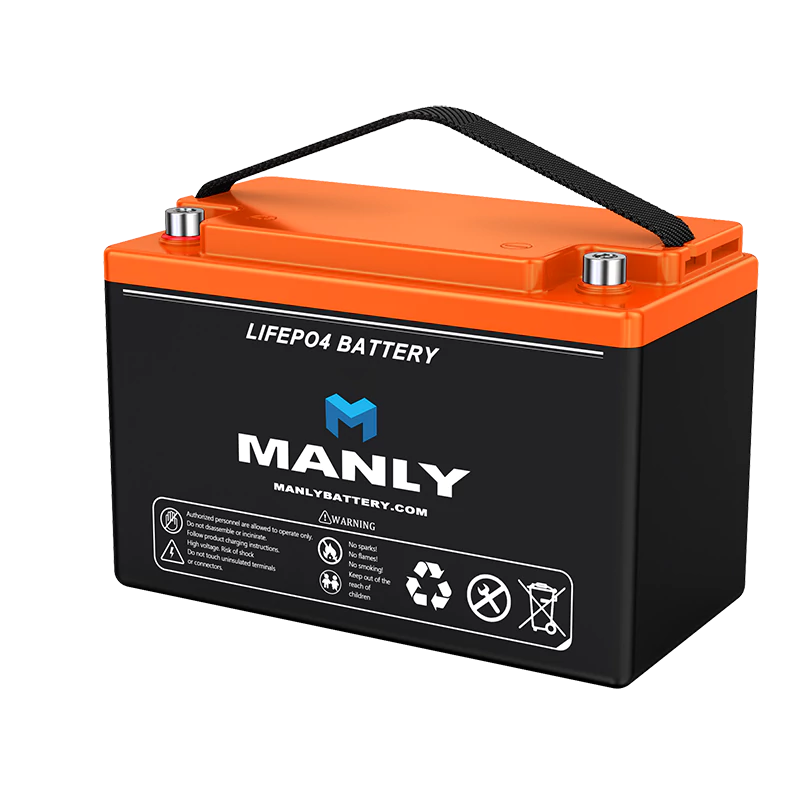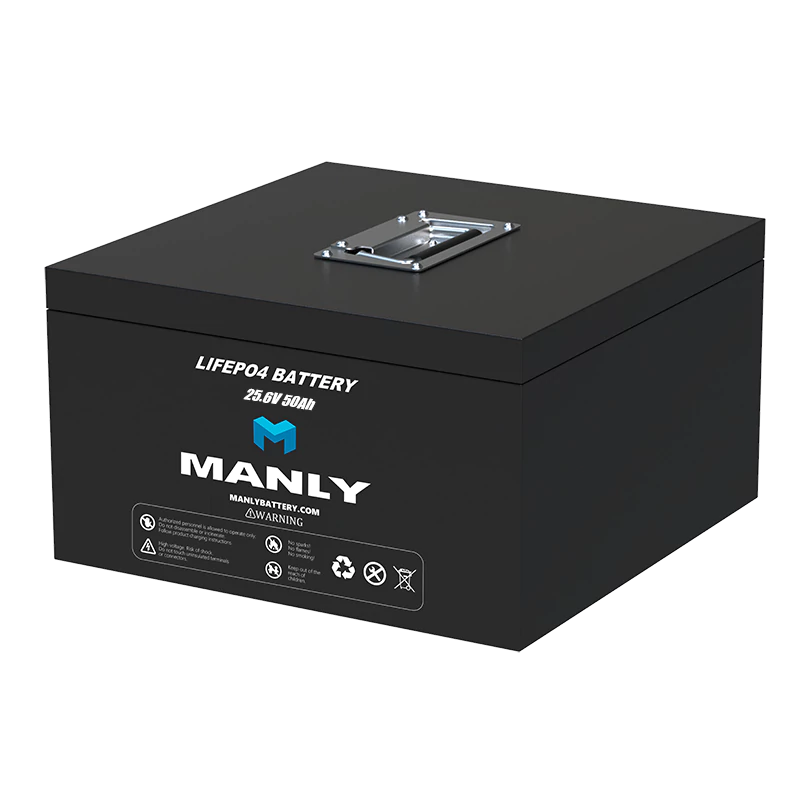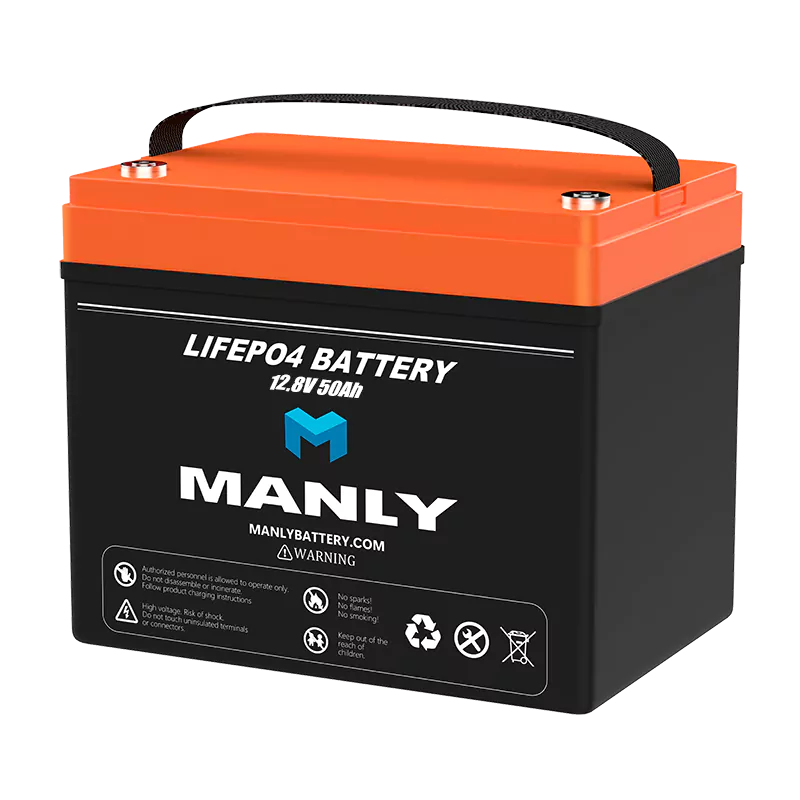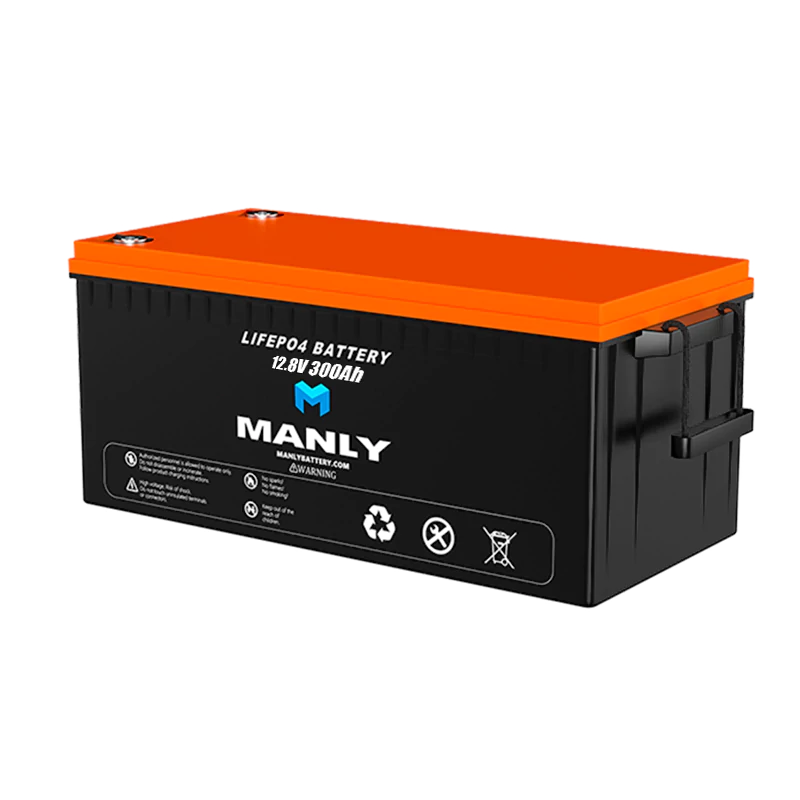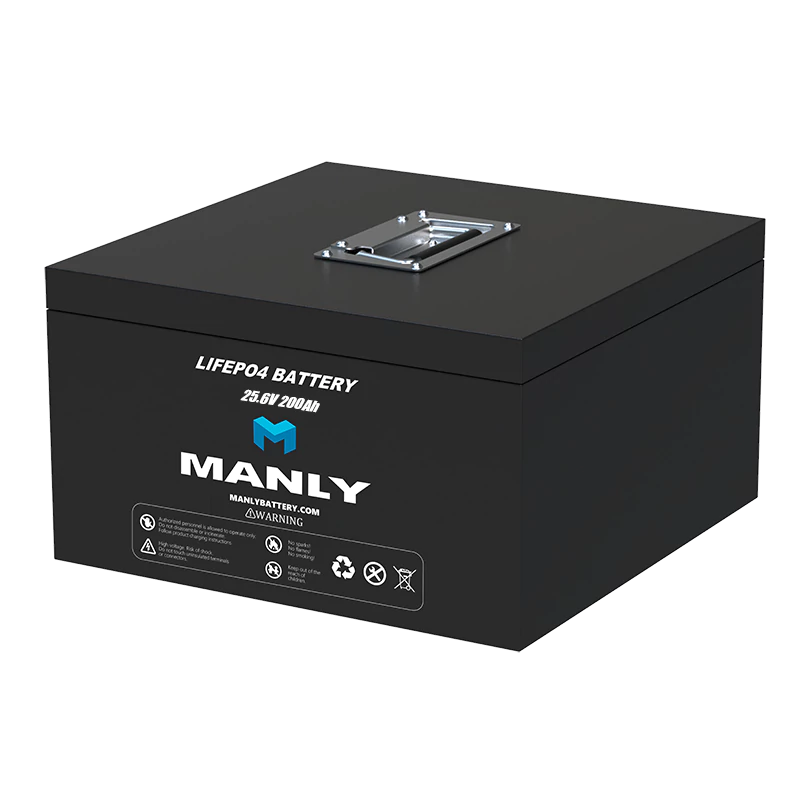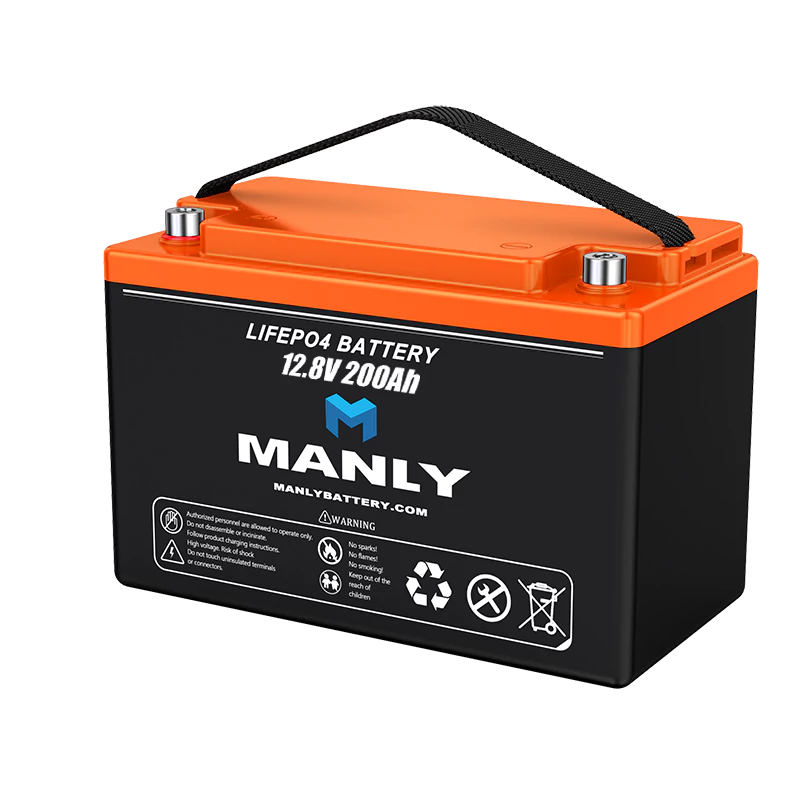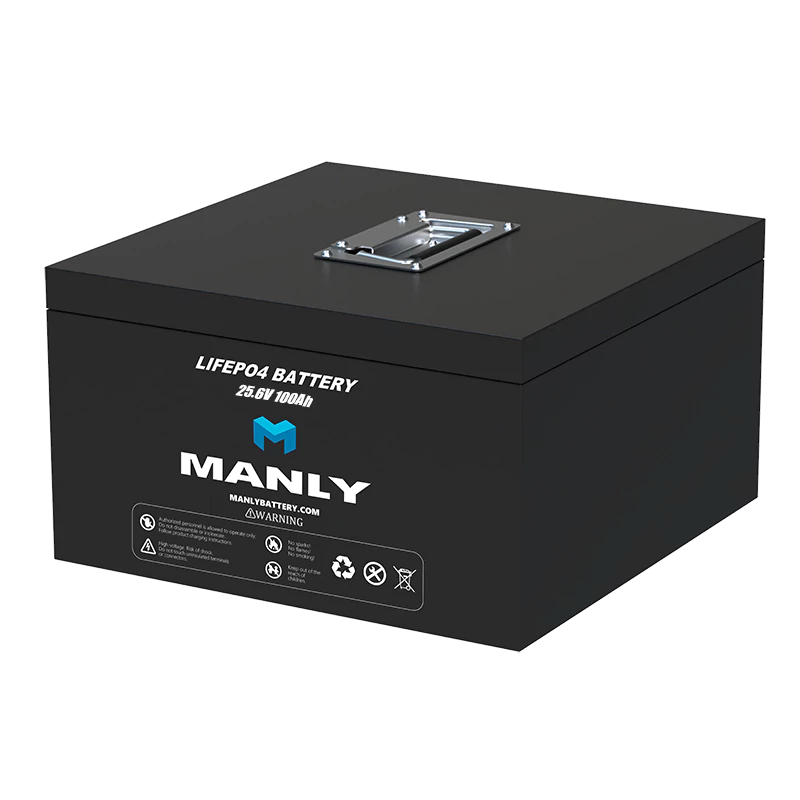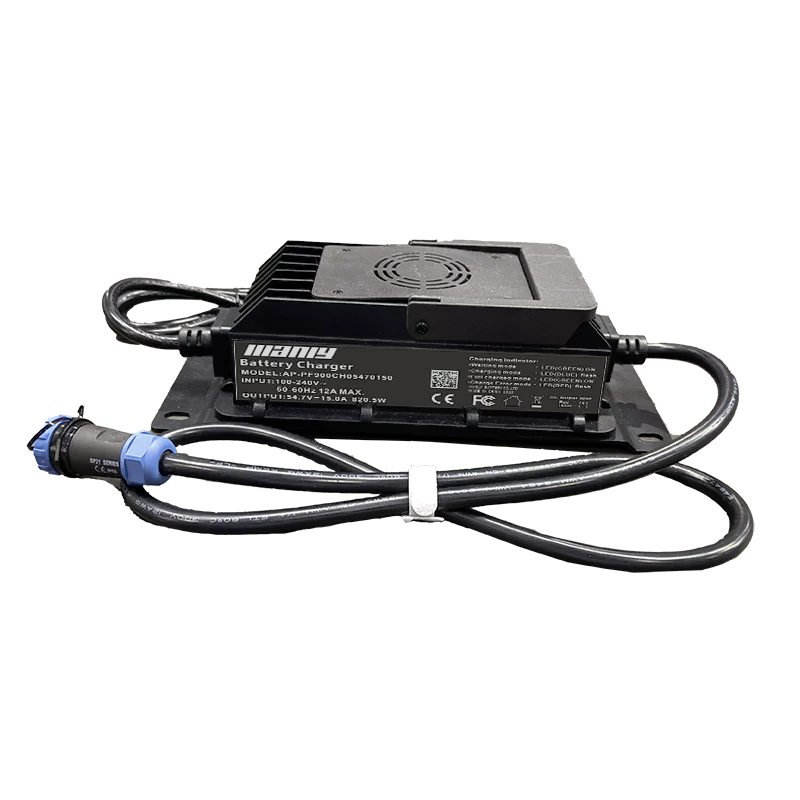How Long Does It Take to Charge a Forklift Battery
Table of Contents

Standard Charging Times for Forklift Batteries
Lithium-Ion Batteries
Lithium-ion batteries are known for their fast charging capabilities. Typically, a high-quality lithium-ion battery can be fully charged in about one hour. These batteries use advanced nickel-manganese-cobalt (NMC) chemistry, which enhances their performance and charging efficiency. For optimal results, it's recommended to use a charger specifically designed for lithium-ion batteries.Lead Acid Batteries
Lead acid batteries are more commonly used in forklifts and have a longer charging time compared to lithium-ion batteries. Generally, a lead acid battery takes about 8 hours to charge fully. After charging, it's important to let the battery cool down for another 8 hours to ensure safety and longevity. This 8-8-8 rule (8 hours of use, 8 hours of charging, and 8 hours of cooling) helps maximize the battery life.For example, a small lead acid battery with a capacity of 24V and 225Ah will take approximately 8 hours to get to full charge using a conventional charger. A larger battery with a capacity of 48V and 800Ah might take anywhere from 10 to 12 hours to charge using a fast charger.Thin Plate Pure Lead (TPPL) Batteries
Thin Plate Pure Lead (TPPL) batteries offer a longer lifespan and are best kept near full charge through opportunity charging. Opportunity charging involves charging the battery whenever the forklift is not in use for short periods, like during breaks or shift changes. For TPPL batteries, it typically takes less than 1.5 hours to reach full charge for Class III applications and up to 5 hours for Class I applications. Using the appropriate charger, these batteries can charge from 40% to 80% in about an hour.Quick Charging Options
Some manufacturers provide quick charging options that can charge a battery in as little as 15 minutes. These are designed for specific battery types and should not be used with regular chargers. Quick charging is ideal for operations that require frequent short charging sessions, ensuring that the battery remains operational throughout the day.Understanding these standard charging times helps in planning the forklift operations efficiently, ensuring minimal downtime and maximizing productivity. By following the recommended charging practices for each battery type, you can extend the life of your forklift batteries and maintain their performance.How to Charge a Forklift Battery Safely
Lead Acid Forklift Battery
Charging a lead acid forklift battery involves several important steps to ensure safety and efficiency.Set Up a Safe Charging StationBefore charging, establish a safe charging station. This area should include:- A fire extinguisher
- Proper ventilation
- Acid-neutralizing materials
- Acid-resistant floors
- An eyewash station and safety shower
- No-smoking signs


